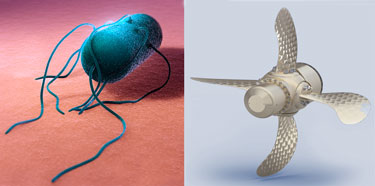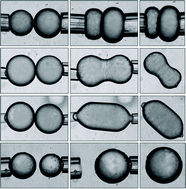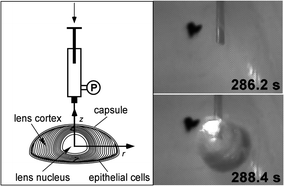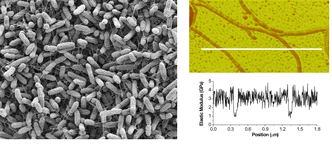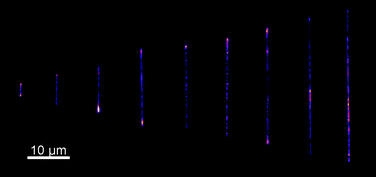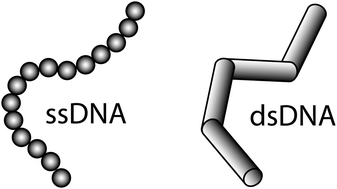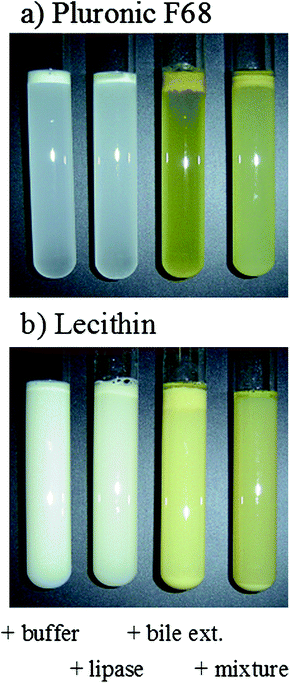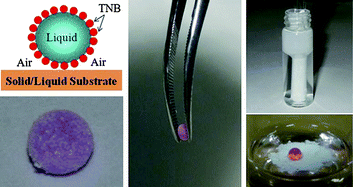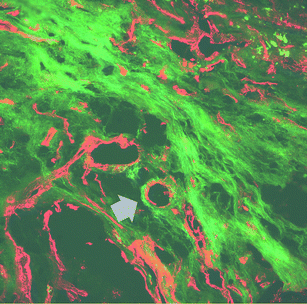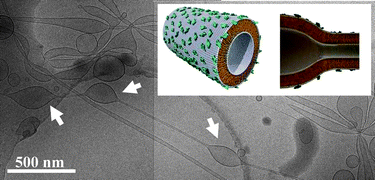 Read these Hot Articles for free until 24 August>>>
Read these Hot Articles for free until 24 August>>>
Mimicking the natural ECM: Review article on self-assembled monolayers (SAMs) for cell culture. SAMs have emerged as promising tools for mimicking the extracellular matrix and can be precisely tailored for specific cell culture applications. Gregory A. Hudalla and William L. Murphy, Soft Matter, 2011, DOI: 10.1039/C1SM05596H.
Block liposomes for gene storage and delivery: A cryo-TEM study on the formation of block liposomes from membranes comprising mixtures of membrane curvature-stabilizing multivalent lipids. Cationic lipids such as these are important for nonviral delivery of nucleic acids. Alexandra Zidovska, Kai K. Ewert, Joel Quispe, Bridget Carragher, Clinton S. Potter and Cyrus R. Safinya, Soft Matter, 2011, DOI: 10.1039/C1SM05481C.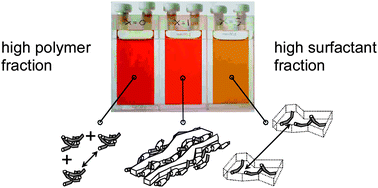
Surfactochromicity? Cationic water soluble polythiophene polyelectrolyte was complexed with the surfactant sodium dodecylsulfate. The surfactant could be used to control the photophysical properties of the complexes in water. Matti Knaapila, Rachel C. Evans, Andrea Gutacker, Vasil M. Garamus, Noémi K. Székely, Ullrich Scherf and Hugh D. Burrows, Soft Matter, 2011, DOI: 10.1039/C1SM05492A











